Home / TTK News / Industry News / How do non-woven fabrics and seamless tapes build a strong anti-virus defense line for visitor coats?
How do non-woven fabrics and seamless tapes build a strong anti-virus defense line for visitor coats?
In medical environments, the risk of virus transmission always exists. As an important protective equipment, the anti-virus performance of medical disposable visitor coats is crucial. Visitor coats made of non-woven fabrics and seamless tapes have built a strict protection system to resist virus transmission through unique structure and synergy.
Non-woven fabrics play a key role in the anti-virus process. It is made of a variety of chemical fibers such as polyester fibers through a special process. Unlike traditional textile fabrics, non-woven fabrics are not interwoven by warp and weft, but are formed by directional or random arrangement of fibers and physical bonding. This unique manufacturing process gives non-woven fabrics a unique microstructure, with a large number of small and irregular pores between its fibers. When droplets carrying viruses come into contact with visitor coats made of non-woven fabrics, these pores act like fine filters. The particle size of droplets is relatively large, and the pore size between non-woven fabric fibers is precisely designed to effectively intercept most droplets. Viruses usually attach to droplets. As droplets are filtered, the viruses are naturally blocked on the surface of the coat and cannot directly contact the visitor's body, which greatly reduces the risk of virus transmission. At the same time, non-woven fabrics themselves have certain electrostatic adsorption properties. Even if some viruses exist in extremely fine forms such as aerosols, they may be adsorbed by the static electricity on the surface of the non-woven fabric, further enhancing the barrier effect on the virus.
The use of seamless tape provides a powerful supplement to the anti-virus performance of visitor coats. In traditional clothing production, especially at the splicing parts, the stitching will leave tiny gaps, which become potential risk points for the penetration of viruses and droplets in medical protection scenarios. The emergence of seamless tape perfectly solves this problem. Seamless tape is made of special polymer materials with high flexibility and stickiness. When making visitor coats, seamless tape is precisely fitted to each splicing part, tightly covering the possible gaps in the residence, forming a continuous and complete protective barrier. When droplets hit the splicing of the coat, the seamless tape can completely block the droplets with its good sealing performance, eliminating the possibility of droplets penetrating into the coat from the gap. In addition, the seamless tape also has durability. During normal wearing and use, it will not debond or crack due to external forces such as friction and stretching. It always maintains stable and reliable sealing performance, ensuring that the visitor's coat can continue to effectively resist the spread of viruses throughout the entire use cycle.
In the actual medical environment, personnel flow is frequent, and visitors may be exposed to various potential sources of virus contamination. This anti-virus system combining non-woven fabrics and seamless tapes can provide visitors with all-round protection. For example, in the ward area of the hospital, patients may produce a large number of droplets carrying viruses through coughing, sneezing, etc. When visitors enter the ward wearing such protective coats, the non-woven fabric material of the coat first filters and intercepts the external droplets, and the seamless tape ensures that there will be no droplet leakage at the splicing part, allowing visitors to communicate and visit patients safely. In the public areas of the hospital, such as waiting halls and corridors, there are dense crowds and complex air circulation, and there is a risk of multiple virus transmission. At this time, the anti-virus performance of the visitor's coat is particularly important. It can effectively prevent visitors from inhaling or contacting viruses in these areas, reduce the chance of cross-infection, and provide strong protection for the safety and stability of the entire medical environment.
From the overall protection effect, the non-woven fabric material and the seamless tape cooperate with each other to achieve a synergistic effect of 1 + 1 > 2. The non-woven fabric is responsible for the initial filtration and adsorption of external droplets and some viruses, while the seamless tape focuses on eliminating the protection loopholes in the splicing parts. The two work together to build an almost impeccable anti-virus barrier. This protection system not only performs well in the protection of droplet transmission, but also has a certain preventive effect on some viruses transmitted by contact. Because the surface of the coat has been treated with anti-virus, it is difficult for the virus to survive and reproduce on its surface. Even if the visitor accidentally touches the surface of the object contaminated by the virus, the coat can prevent the virus from attaching and penetrating to a certain extent, adding an extra layer of protection to the visitor's health.
Related Products
-
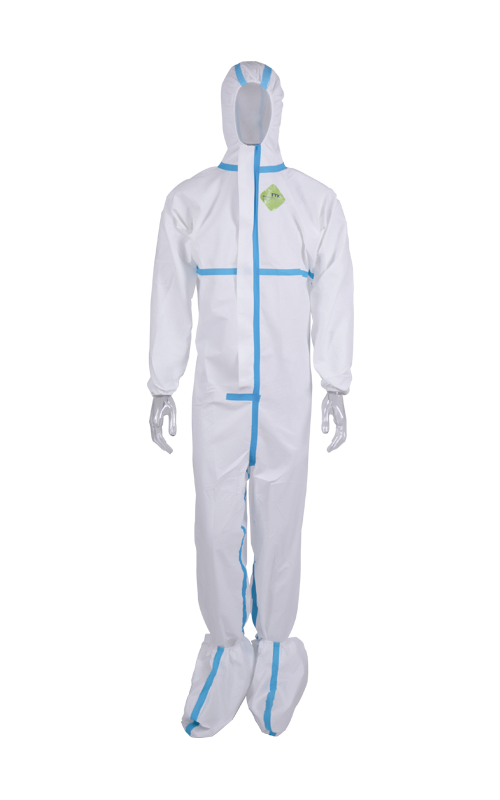
PP PE Nonwoven Disposable Breathable Coverall With Tape TTK-A01
Disposable Coverall With Tape
-
-2-1.png)
PET+PE Non-woven Material Disposable Coverall With Tape TTK-A01
Disposable Coverall With Tape
-
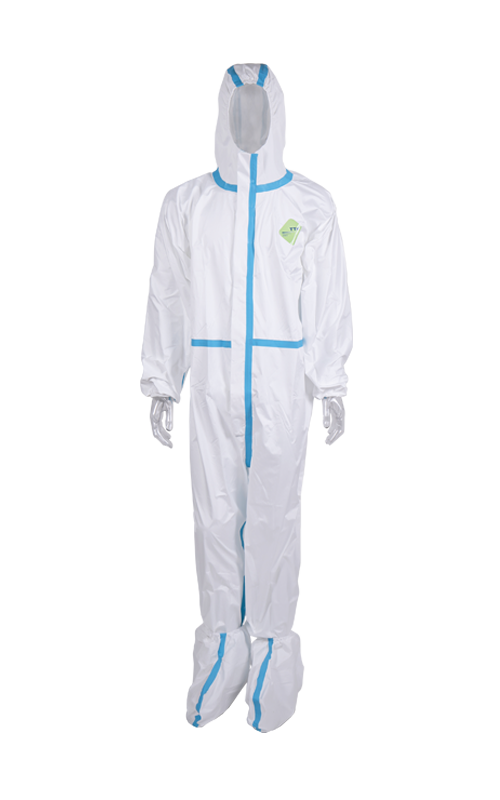
Woven Material+PTFE Membrane Disposable Coverall With Tape TTK-A03
Disposable Coverall With Tape
-
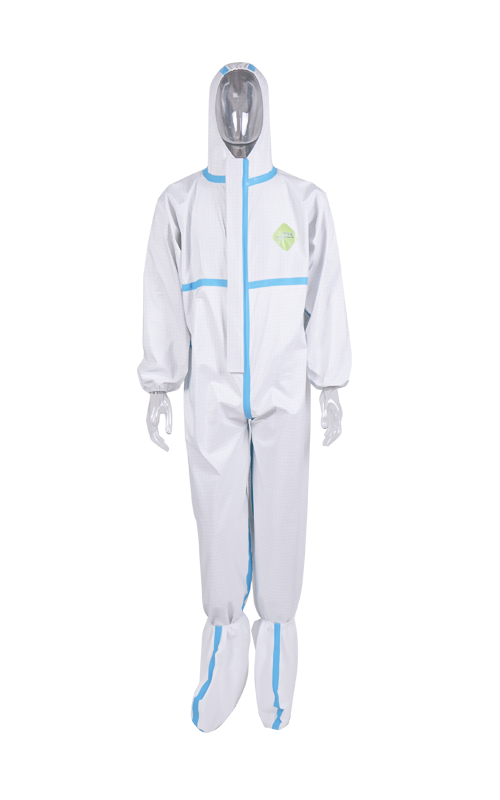
Woven Material+PTFE Membrane+Tricot Disposable Coverall With Tape TTK-A04
Disposable Coverall With Tape
-
-5.png)
Isolation Biochemical Protective -Comfortability Disposable Coverall With Tape TTK-A04
Disposable Coverall With Tape
-
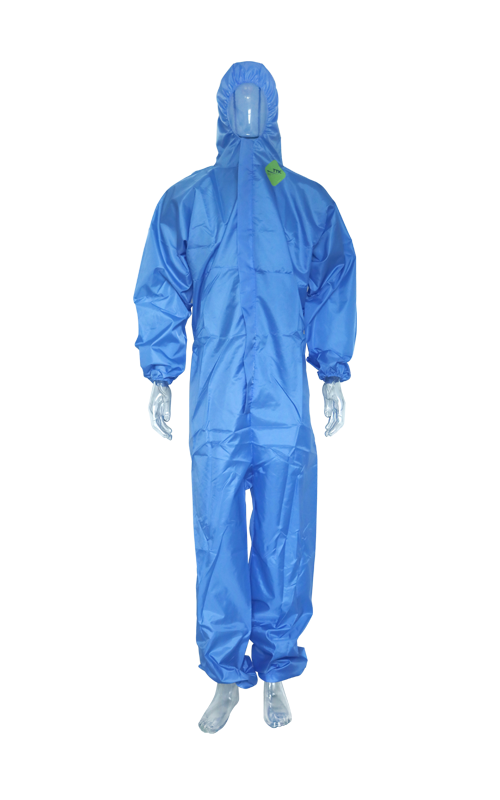
210TWoven Coating Protective Material-blue Disposable Coverall Without Tape TTK- B01
Disposable Coverall Without Tape
-
.png)
White 210TWoven Anti- Virus Disposable Coverall Without Tape TTK- B01
Disposable Coverall Without Tape
-
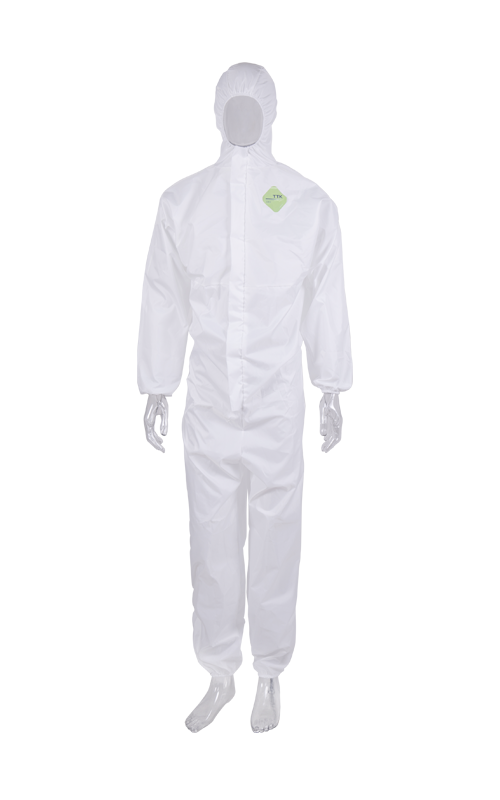
SMS Non-woven Material Disposable Coverall Without Tape TTK-B02
Disposable Coverall Without Tape
-
-1.png)
PP+PE Non- woven Material Disposable Coverall Without Tape TTK-B03
Disposable Coverall Without Tape
-
-1.png)
SMS Non-Woven Anti-Virus/ Waterproof/Breathable Level 1 Isolation Gown/Surgical Gown/Patient Gown/Nursing Gown TTK-C02 Series 100
Level 1 Isolation Gown

 English
English 简体中文
简体中文